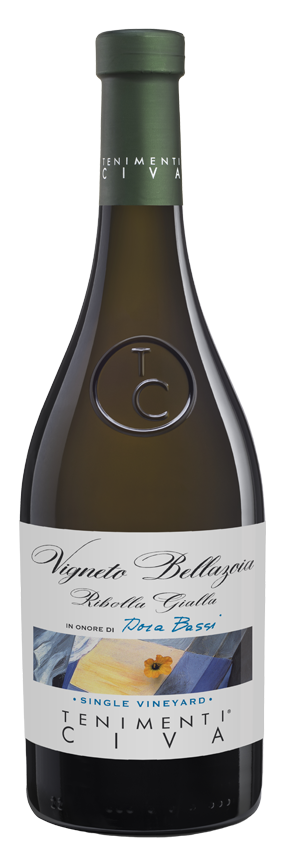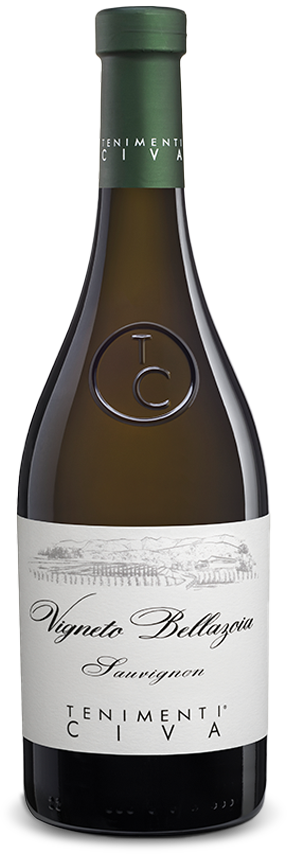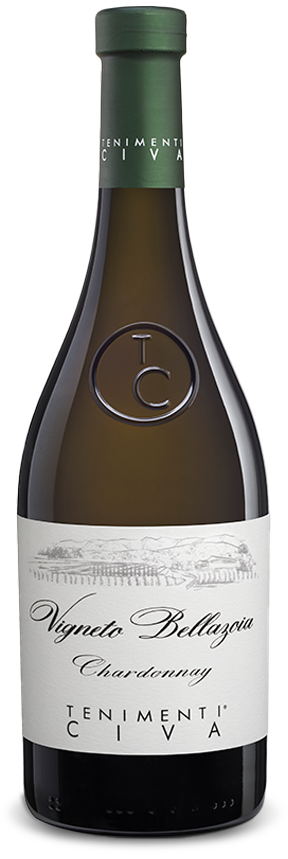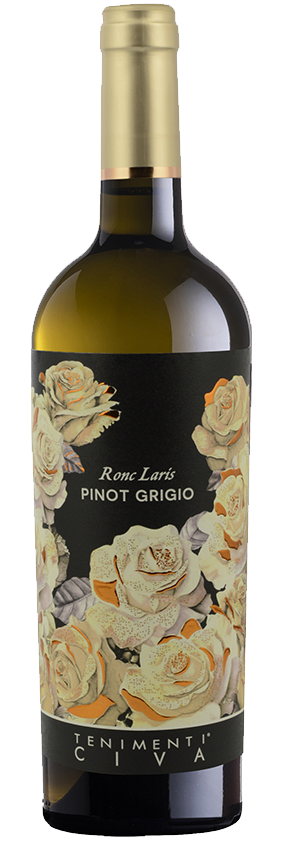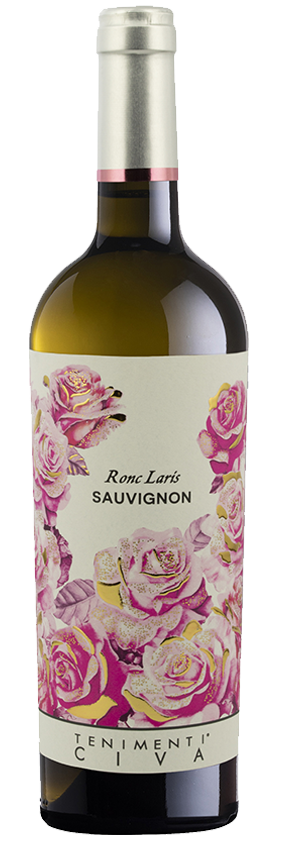Vinification technique
It all begins in the vineyard
Harvest time has come.
We take grape samples from our vineyards so that the oenologist can perform careful analyses to assess how ripe the fruit is.
When the time is right, the grapes are harvested by hand in crates and then taken to the winemaking cellar. Only in some vineyards on the plains is harvesting done mechanically. The grape jealously guards a wealth of substances, which will emerge when the fragrant liquid is tasted.
At the winery we work the grapes in two ways: without or with fermentation on the skins, regardless of the colour of the berry.
For some wines this is followed by refermentation in a pressure tank using what is known as the Charmat or Martinotti method for the production of sparkling wines.
White wines are obtained from the fermentation of grape juice alone. It is not the colour of the berry, but whether there is maceration on the skins during the transformation of the must into wine that distinguishes the vinification process for white and red wines.
We can in fact obtain white wines from red grapes if these are pressed in such a way that the anthocyanins (pigments present in the grape skin) do not colour the must. This is the case of those sparkling wines obtained for example from pinot noir grapes fermented without the skins. However, it would be wrong to say that white wine production does not involve maceration.
In fact, solubilization of the solid parts of the grape in the juice still occurs, but in the absence of alcohol, in the pre-fermentation phase.
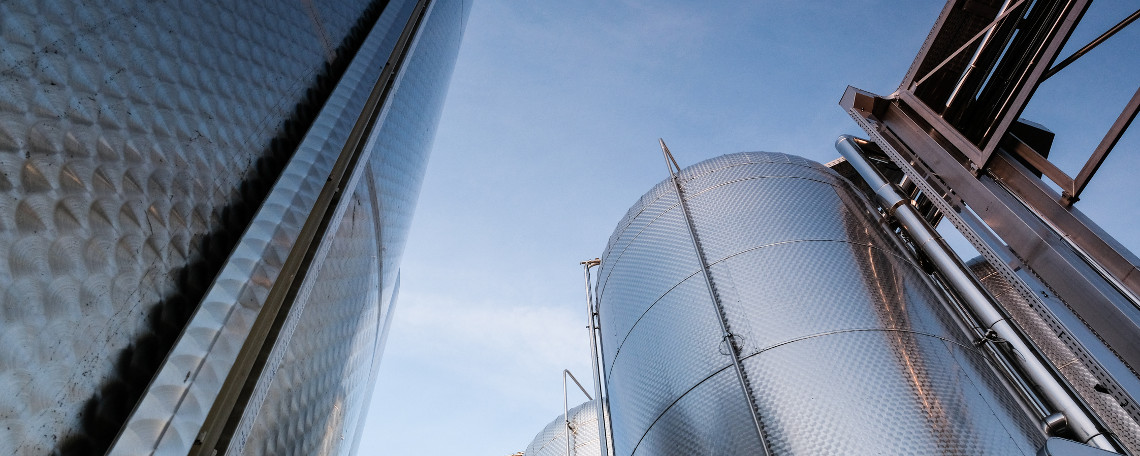
THE PHILOSOPHY OF 85 I 15
The production philosophy behind some of our wines is summarized in the 85I15 logo shown on the labels of the Biele Zôe line. It reflects the DOC grape variety, which accounts for 85%, while the remaining 15% is composed of the best varieties from the Estate.
From must to wine
The production of Tenimenti Civa white wine
The process for making white wine differs from that for making red wine; in fact, the possible elimination of the grape stalk (destemming) is followed by soft pressing with separation of the must from the skins and pips and subsequent decantation to clarify it.
Racking is then carried out and the yeasts are inoculated to start alcoholic fermentation at a controlled temperature of between 14 °C and 20 °C. A fraction of the liquid completes the process in oak barrels.
At the end of this phase, and once the coarser sediments have been removed, the wine is left to mature for a few months. Once or twice a week the lees are stirred with the liquid using the practice of bâtonnage. This continues throughout the ageing period.
This process is the same for all our lines. The fraction of wine matured in wooden vats will then be blended with the fraction matured in stainless steel. At the end of the maturing period, the wine is clarified and filtered, to be then bottled and left to age in the dark and silence of our cellar, where it will spend some time before being released onto the market.

